A photographer has for the first time shared photos of the Tiananmen Square protests to commemorate the upcoming 30th anniversary of the Tiananmen Square Massacre.
All 2,000 photos were hidden for the past three decades until now.
Photographer Liu Jian hopes that the Chinese people won’t forget about the significance of the Tiananmen Square Massacre, and that future generations will learn about its history through his photos.
Liu said when he asked his teenage daughter about it early this year, she had no idea about the protest and massacre that happened on June 4, 1989. He received similar responses from other young people.
“I was very shocked. It’s such a big thing, but people don’t know it anymore and it was just 30 years ago,” Liu said.
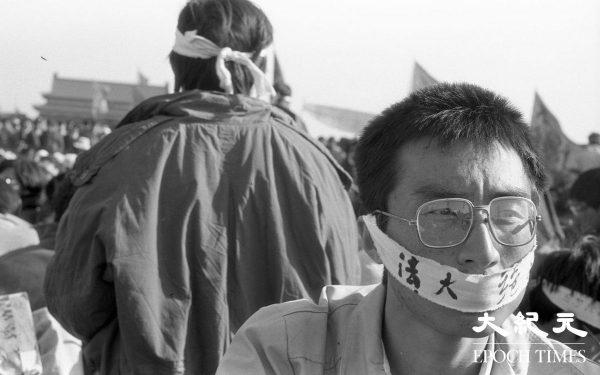
Liu decided to share his photos in that hope that others can learn about the historical significance of the event, and that those who have forgotten will remember it.
Liu was a 19-year-old university student at the time. As a professional photographer, he took 60 rolls of film of the students’ protest and citizens’ support, and washed them by himself—a process in developing film.
Liu, however, didn’t print the photos and just kept the developed film. But recently, he printed and shared them exclusively with the Chinese-language editions of The Epoch Times and NTD television, a U.S.-based uncensored Chinese media outlet.
While cameras weren’t uncommon in China in 1989, Liu said most of the film of the incident disappeared after the photographers sent them to photo studios for washing and printing, because the Chinese regime forced the studios to hand over any film with images of the protest and massacre.
He said 80 percent of film capturing the Tiananmen Square protests was destroyed by the Chinese regime, making his photos even more precious.
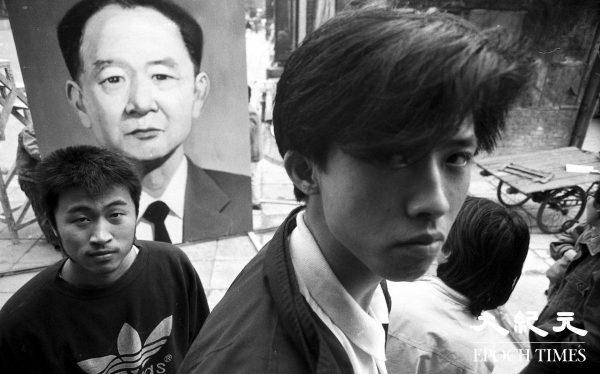
Painful Memories
Liu started taking photos of the protest on April 16, 1989, when the students painted a portrait of Hu Yaobang, the former leader of the Chinese Communist Party (CCP).Hu had pursued a series of economic and political reforms in the 1980s, but was forced to resign in 1987 because most of the CCP senior officials didn’t support his policies. Hu died on April 15, 1989, and students who supported democracy and reforms mourned him at Tiananmen Square, which marked the beginning of the protests.
Liu then started to record that history by photographing. Unlike most reporters, Liu stayed with the students who were protesting at Tiananmen Square and on the streets of Beijing, and citizens who supported the students.
“When the policemen were not there, it was the students who maintained order and kept the roads clean. No theft, no crime. The citizens supported the students and even brought them drinks, food, and warm clothes,” Liu said.
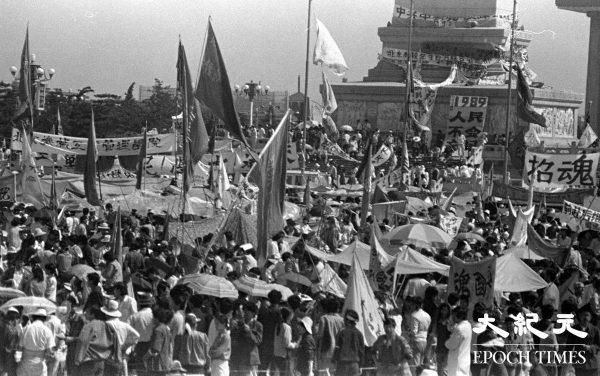
On April 27, 1989, the students organized a large parade along Chang'an Avenue. A lot of citizens joined the students, including businessmen who rode tricycles and motorcycles.
“At that time, the status symbol of a businessman is riding a tricycle. At night, hundreds of tricycles and motorcycles were parading on the street [to support the students]. It was very encouraging,” Liu said.
Liu continued to take photos of the students and citizens protesting until June 4. After the military started shooting at protesters on the night of June 3, he took photos of many corpses at Water Resources Hospital, which is less than 2.5 miles away from Tiananmen Square.
“I entered this hospital on the morning of June 4, a tiny hospital affiliated with China’s Ministry of Water Resources. The corpses I photographed had bullet wounds,” Liu said. “In another room, I saw bodies with bullet wounds in the head. It was awful, and I couldn’t take any more photos.”
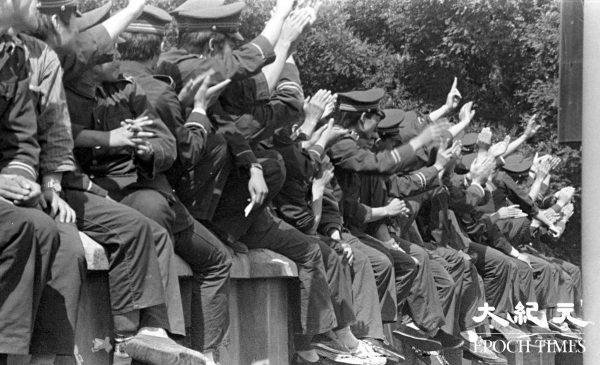
Liu, who had never seen a dead body before, was shocked to see many of them.
“It was a nightmare. Who can imagine that a government can gun down students who only proposed to bring democracy to China? The students only wanted to make China into a better country. But even the field army entered Beijing and [suppressed the students],” Liu said.
Liu recalled hearing gunshots outside of the hospital, so he quickly left and ran home.
“The photos at the hospital are the last ones that I took because Beijing was controlled by the military from that day [June 4]. I hid and didn’t dare to take any more photos,” Liu said.
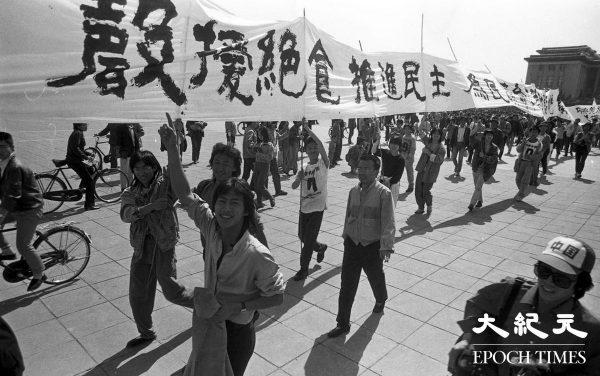
Hiding the Past
Liu washed all 60 films at home after the Tiananmen massacre, hid them, and tried to forget about them. He said if the Chinese regime found his photos, he would be punished, including his family. Punishments could include being fined, imprisoned, and losing one’s job.“[CCP] doesn’t allow you to take the whole responsibility, although you did it by yourself—all your family members and relatives will be punished because of you,” Liu said.
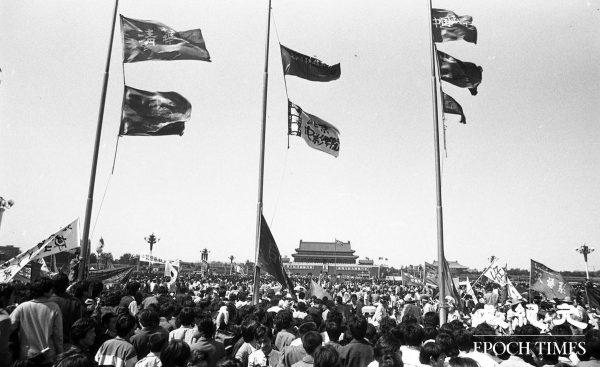
The photographer said the massacre has been all but forgotten by the Chinese people—himself included.
“We Chinese people forgot about the Tiananmen protest. It’s true. We were brainwashed by the CCP to forget about it. It’s a tragedy.”
In the decades since the tragedy, Liu himself has been preoccupied with running a private company and making money. The Party encourages such personal pursuits so that people don’t focus on social issues and politics, he said.
“[The CCP encourages you to enjoy] all types of food, and pleasure. People don’t pay attention to politics. They’d rather travel, pursue wealth and a comfortable lifestyle,” Liu said.
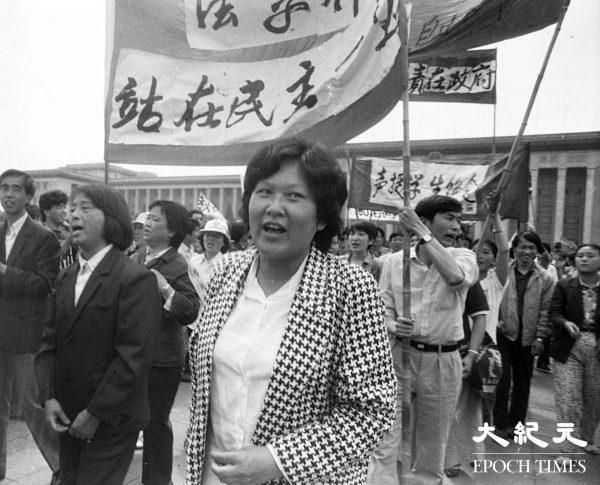
Hope
Liu said he felt lucky to have photos chronicling a pivotal moment in China’s history.“I think it’s my obligation to publish these photos so the children and more people will know what the students did, how the society reacted at that time, and how the soldiers behaved,” Liu said.
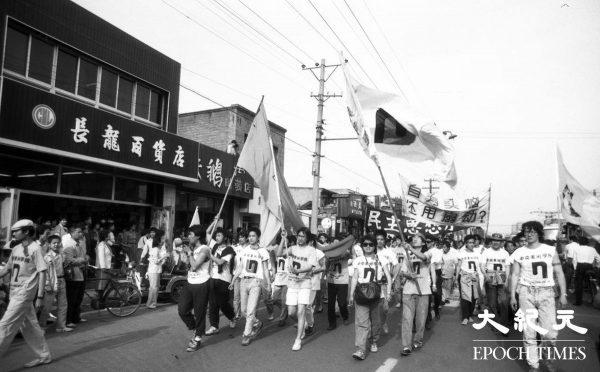
Now, 30 years have passed. “I want to tell people: Please don’t forget this history!” Liu said.
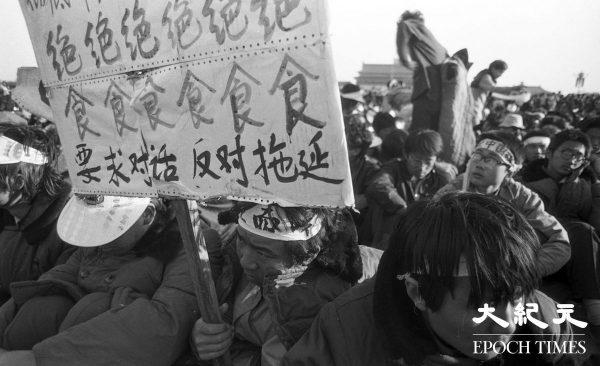
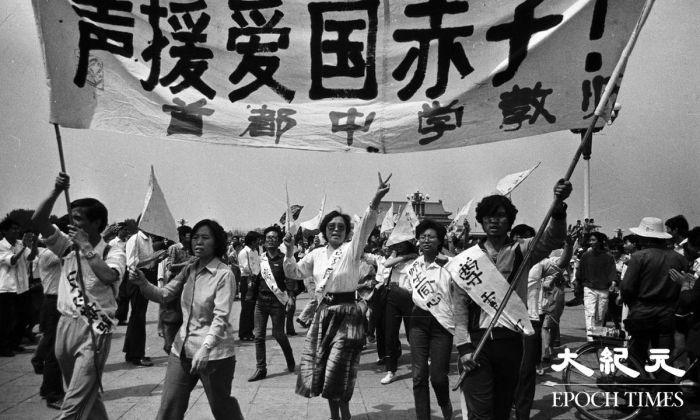

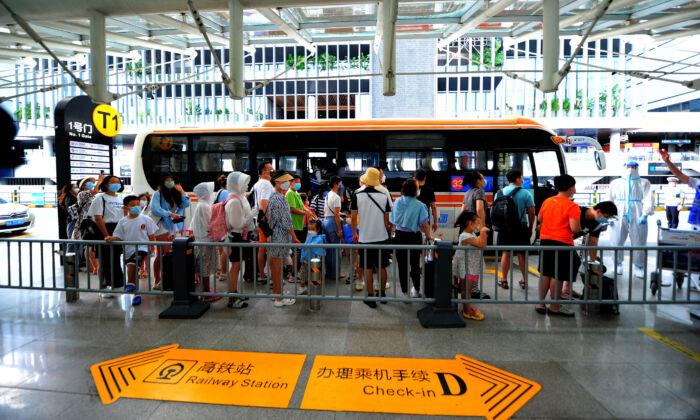
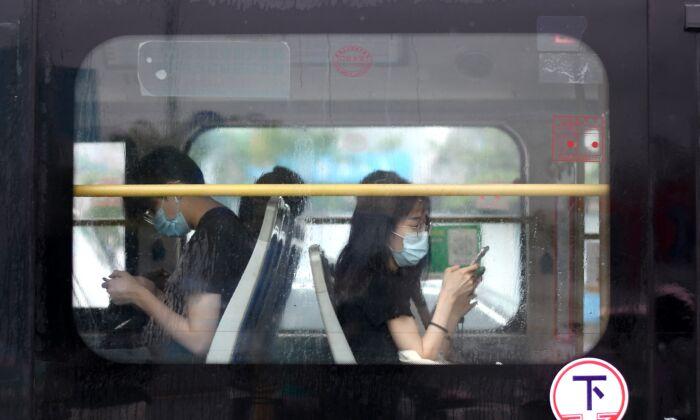
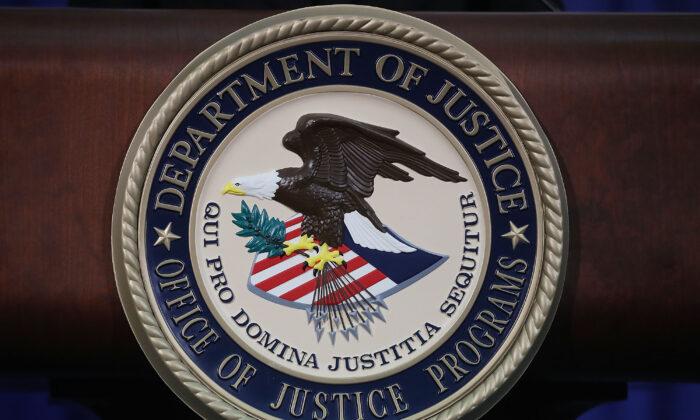
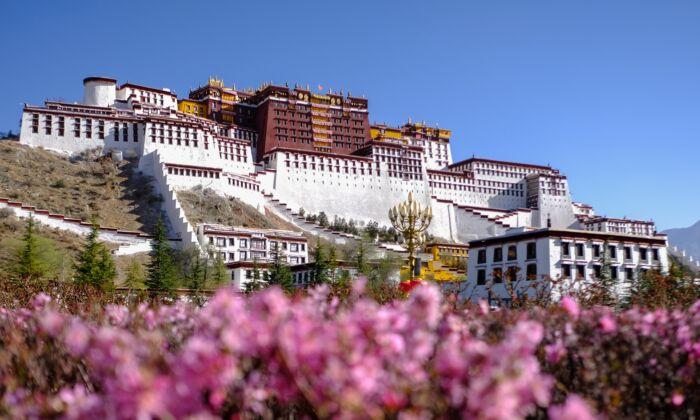
Friends Read Free